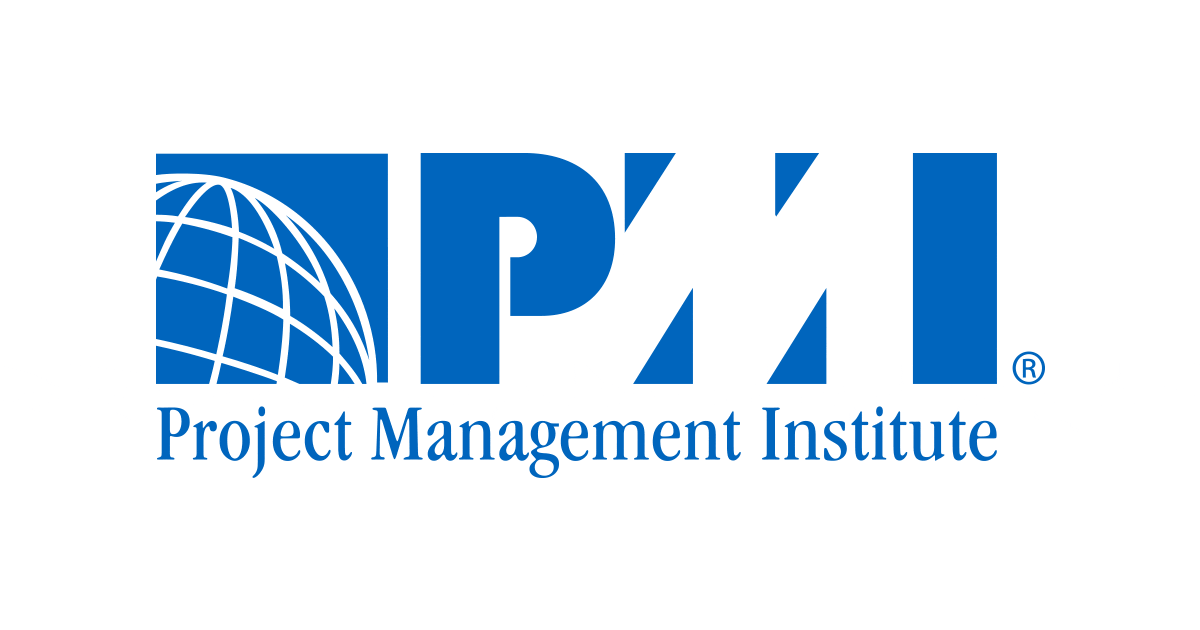What is PMI PMP?
Project Management Institute (PMI) was founded in 1969 as a not-for-profit organisation to advance the science of project management. It was an association of project managers from various fields and industries who realised that certain standards and principles could be applied to all projects regardless of the industry and sector. PMI hosts training sessions and conferences to refine project manager skills and issue credentials that are globally recognised like PMP.
In the 1960s, it was mostly about the project managers finding each other and realising their work is similar irrespective of their field and industry. By the 1970s, they began to standardise the best practices & techniques. In the 1980s, PMBOK (a guide to the project management body of knowledge) was created, and ever since then, the popularity of PMI & PMP has been growing at a faster pace. There are over 620,000 PMPs worldwide and over 272 local PMI chapters in over 104 countries. Local PMI chapters offer a platform where project managers to get together and network and apply their skills together, having a PMP certification not only sets you apart as a project manager, it is a valuable skill you will need to succeed.

What is PMP?
PMP is considered to be the most important industry-recognised certification for project management. Regarding project management, there is no other certification as widely accepted and recognised as PMP. It is recognised equally by commercial, not-for-profit, government, and other organisations. PMP has been created by existing experts across the industries, who have come together to create standards based on a series of frameworks. It requires a unique blend of education and experience to qualify and pass the PMP exam.
What is Project?
PMBOK guide defines projects as “A project is a temporary endeavour undertaken to create a unique product, service, or result. The temporary nature of projects indicates that a project has a definite beginning and end. The end is reached when the project’s objectives have been achieved or when the project is terminated because its objectives will not or cannot be met, or when the need for the project no longer exists…”
It highlights three main characteristics of the projects in general:
- It is a temporary organisation.
- It creates a unique product, service or result.
- and finally, it has a definite beginning and end.
It is important to note that “temporary” does not necessarily mean short duration for both projects and its product.
What is Project Management?
Now that we understand what a project is, let’s try to define project management. Contrary to many people’s belief, project management is much more than mere people management and bar/Gantt charts.
Project management applies knowledge, skills, tools, and techniques to project activities to meet the project requirements. According to the PMBOK guide, Project management is accomplished through the appropriate application and integration of the 47 logically grouped project management processes, which are categorized into 5 Process Groups and ten knowledge areas.
These five Process Groups are:
- Initiating
- Planning
- Executing
- Monitoring and
- Closing
Managing a project typically includes (but is not limited to):
- Collecting requirements
- Addressing needs, concerns, and expectations of stakeholders
- Managing communication and stakeholders, meeting project requirements and creating project deliverables
- And most importantly, balancing the competing project constraints: Scope, Quality, Schedule, Budget, Resources, and Risks. The relationship among these factors is such that if any one-factor changes, at least one other factor is likely to be affected.
